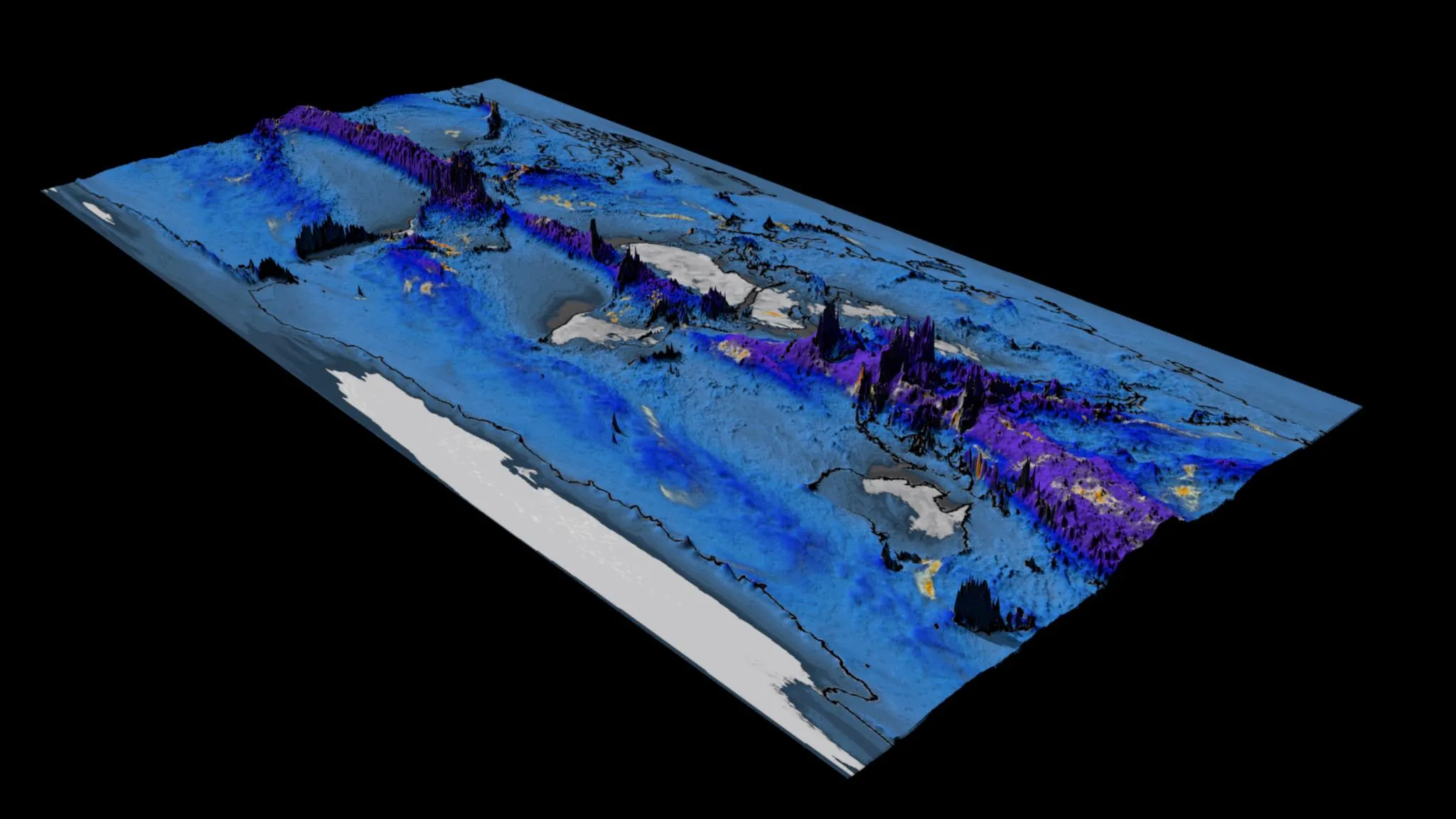
Project Metis: Seasonal Forecasts with Enhanced Ocean and Atmosphere Resolution
This visualization shows total accumulation of global precipitation (blue/purple) and the 6-hourly precipitation (yellow/red) between May 1 and Nov 1, 2015.
What to look for: Of particular interest are the cyclones that scrawl lines across the map, leaving a visible trail in the total precipitation field.

Project Lead: Benjamin A Cash COLA/GMU Team: J. Kinter III, E. Altshuler, M. Fennessy, V. Krishnamurthy, J. Manganello, D. Straus ECMWF Team: R. Buizza, D. Decremer, F. Molteni, S. Saarinen
This research was enabled by NCAR-CISL compute resources. The simulation was run on Cheyenne, a 5.34-petaflops, SGI ICE XA Cluster featuring 145,152 Intel Xeon processor cores in 4,032 dual-socket nodes and 313 TB of total memory.
The data for the visualization was generated as part of Project Metis, a continuation of the highly successful collaboration between the Center for Ocean-Land-Atmosphere Studies (COLA), located at George Mason University, and the European Centre for Medium-Range Weather Forecasts (ECMWF), in support of both centers’ ongoing efforts to understand and quantify predictability in the climate system from daily to interannual time scales.
The Metis project explores the impact of increasing both atmospheric and oceanic resolution on model fidelity and prediction skill in a coupled ocean (waves, currents and sea-ice), land and atmosphere ensemble framework.
Tim Scheitlin (NCAR/CISL)
The NCAR Command Language (Version 6.4.0) [Software]. (2017). Boulder, Colorado: UCAR/NCAR/CISL/TDD. http://dx.doi.org/10.5065/D6WD3XH5
Map Imagery courtesy of NASA Visible Earth.
This research was enabled by the National Center for Atmospheric Research (NCAR) CISL compute resources. The simulation was run on Cheyenne, a 5.34 petaflops, SGI ICE XA Cluster featuring 145,152 latest-generation Intel Xeon processor cores in 4,032 dual-socket nodes (36 cores/node) and 313 TB of total memory.